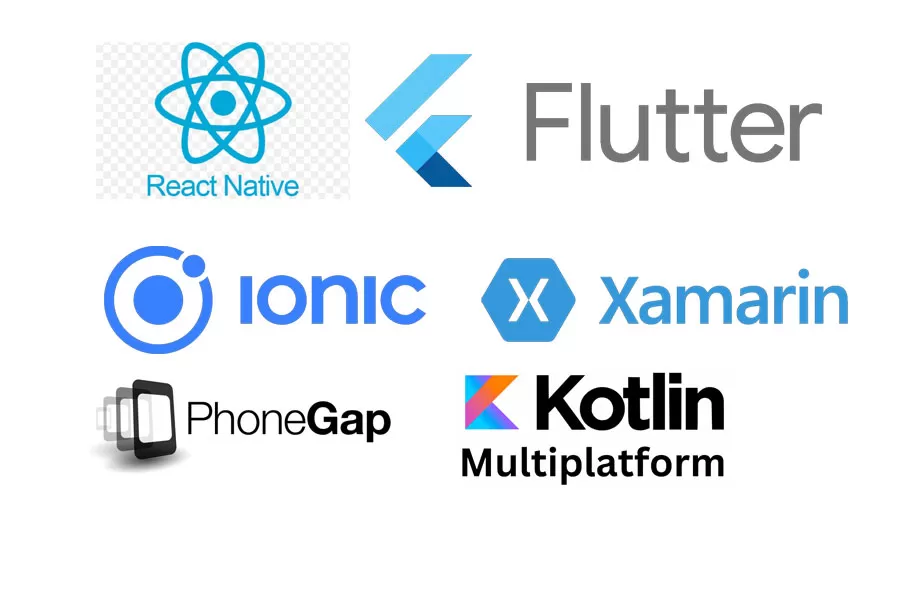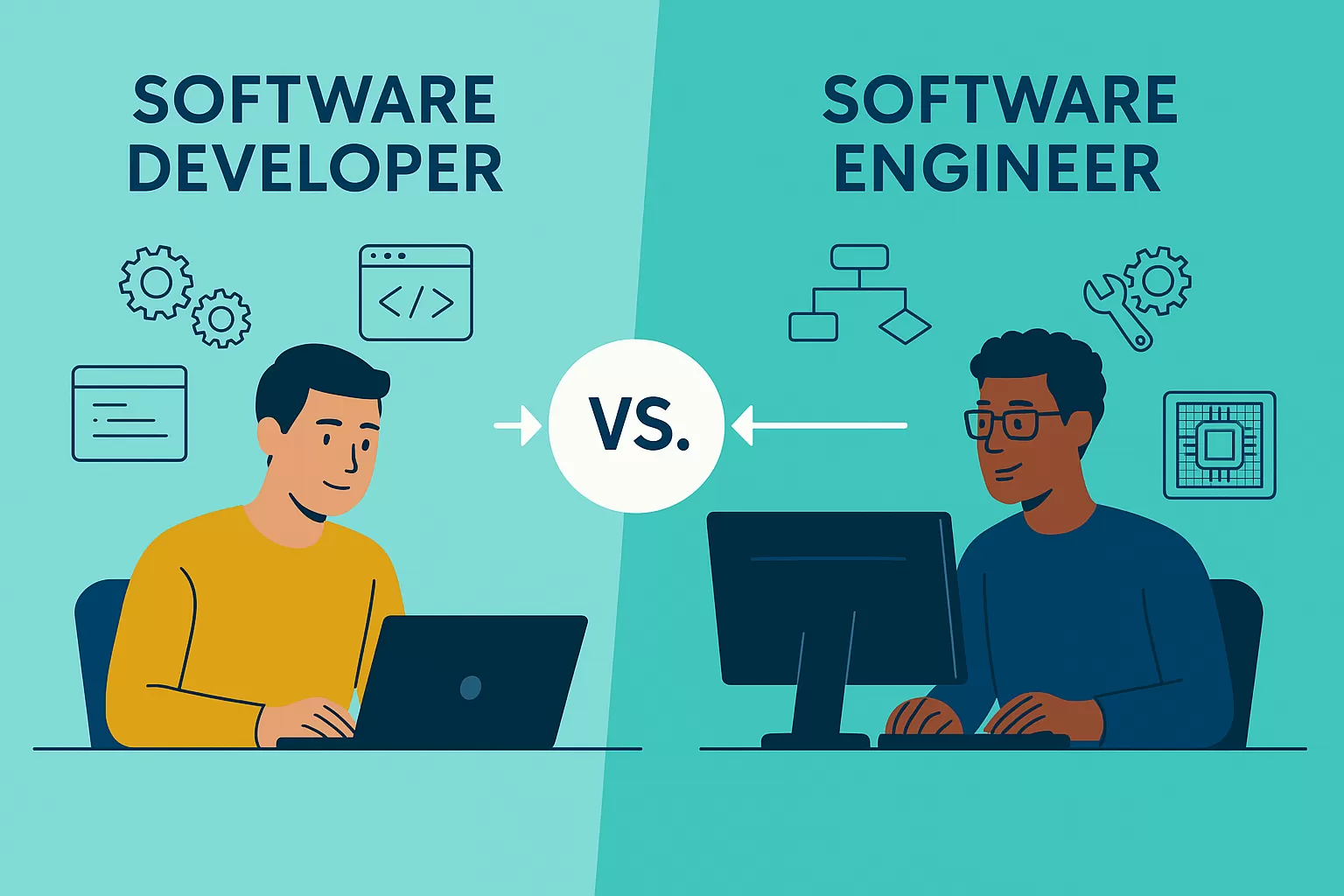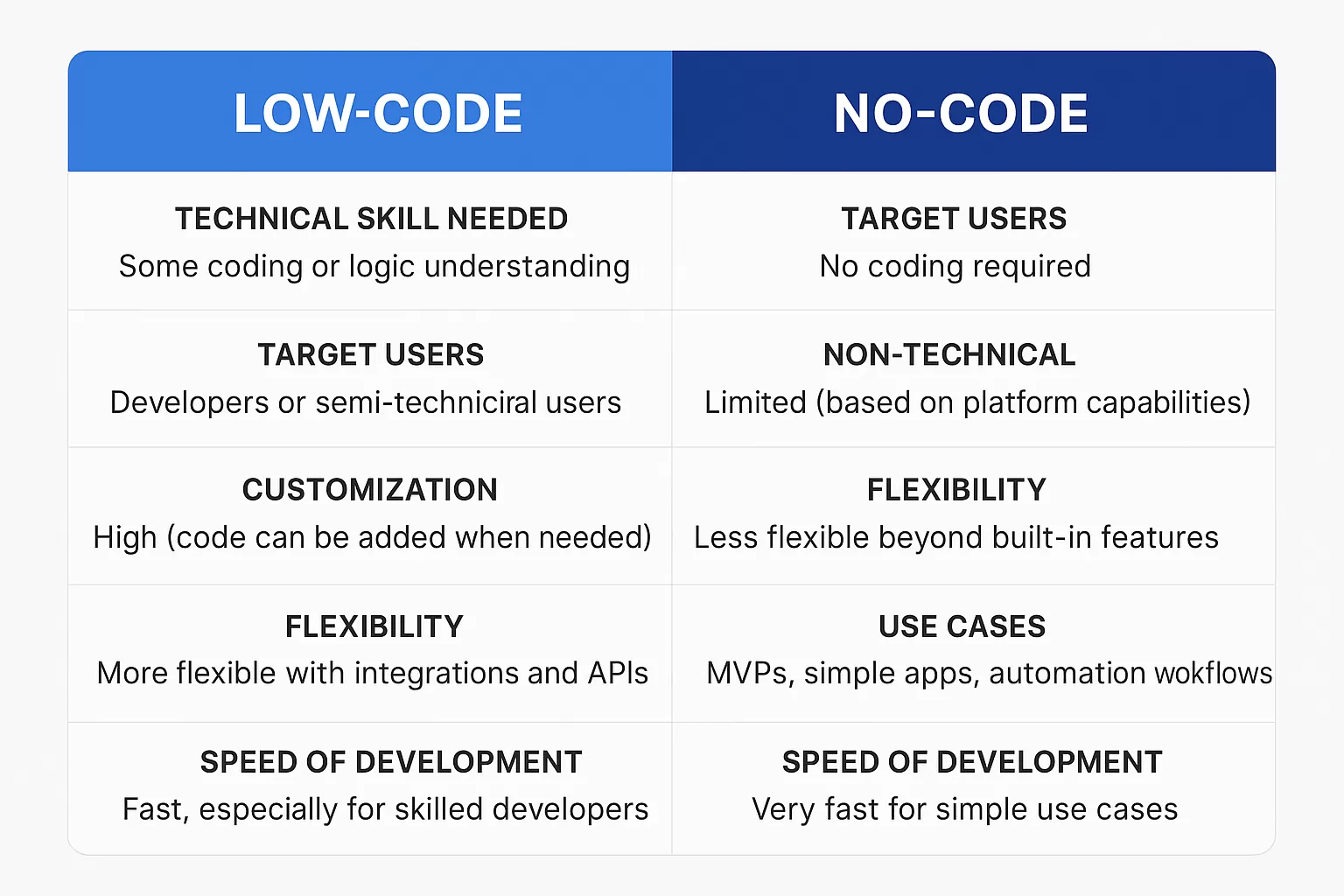Artificial Intelligence (AI) is revolutionizing the ecommerce industry by transforming the way businesses interact with customers, manage inventory, personalize experiences, and optimize operations. As AI technologies continue to evolve, the future of shopping is becoming increasingly personalized, efficient, and interactive. From smarter recommendations to virtual assistants, AI is enhancing every aspect of the ecommerce journey. Here's how AI is reshaping ecommerce and what the future holds:
- Personalized Shopping Experiences
- AI-Powered Recommendations: One of the most prominent uses of AI in ecommerce is personalized product recommendations. By analyzing customer data such as browsing history, past purchases, and demographic information, AI can suggest products that are most likely to interest individual shoppers.
- How It Works: Machine learning algorithms analyze vast datasets in real-time to predict which products a customer may want to buy next. These recommendations are tailored to the unique preferences, behavior, and needs of each shopper, creating a personalized shopping experience.
- Impact: Personalized recommendations boost conversion rates and customer satisfaction by offering products that align with a shopper's interests. This leads to increased sales and customer loyalty as users feel understood and catered to by the platform.
- AI Chatbots and Virtual Assistants
- Conversational Commerce: AI chatbots and virtual assistants are making ecommerce interactions more interactive and convenient. These AI-powered assistants can answer questions, help customers find products, track orders, and even complete transactions in real-time, offering an enhanced customer service experience.
- How It Works: Using natural language processing (NLP) and machine learning, chatbots understand customer inquiries, process requests, and respond with personalized recommendations or solutions. They can be integrated into websites, mobile apps, and social media platforms, creating a seamless conversational experience.
- Impact: Chatbots reduce customer service workload, improve response times, and offer support 24/7, ensuring that customers have assistance whenever they need it. They also make the shopping experience smoother by guiding customers through the purchasing process.
- Visual Search and Image Recognition
- AI-Driven Visual Shopping: Visual search is another AI innovation that is rapidly gaining traction in ecommerce. Instead of typing search queries, customers can now use images to search for products, making the shopping process more intuitive and visually engaging.
- How It Works: Image recognition algorithms can analyze photos and identify objects within them. For example, a shopper can upload a picture of a dress they like, and the AI will return visually similar items available for purchase. This helps customers find products that match what they are looking for, even if they don’t know the name or brand.
- Impact: Visual search increases engagement by making it easier for customers to find products, reducing the friction in the purchasing journey. It also opens up new opportunities for product discovery and allows brands to enhance the customer experience.
- Dynamic Pricing
- AI-Powered Price Optimization: Dynamic pricing is the practice of adjusting prices in real-time based on various factors such as demand, competition, and customer behavior. AI models can analyze this data and automatically adjust prices to maximize sales and profit margins.
- How It Works: AI algorithms track market trends, competitor pricing, inventory levels, and consumer demand to optimize product pricing. For example, during a high-demand period, AI can increase prices, while it can reduce prices when demand drops or stock is high.
- Impact: Dynamic pricing helps businesses remain competitive and responsive to market conditions. It also allows customers to benefit from personalized pricing, such as special discounts based on their browsing or purchase history, improving customer satisfaction and loyalty.
- Predictive Analytics for Inventory Management
- AI for Stock Optimization: Managing inventory efficiently is critical to ecommerce success. AI is helping companies optimize inventory management by predicting product demand, minimizing overstocking, and reducing stockouts.
- How It Works: Predictive analytics powered by AI uses historical sales data, market trends, and other relevant factors to forecast product demand. It can then adjust inventory levels accordingly, ensuring that popular products are always available and that businesses do not overstock on slow-moving items.
- Impact: This reduces inventory costs, improves supply chain efficiency, and ensures that customers can access the products they want when they want them, ultimately leading to higher sales and customer satisfaction.
- AI-Driven Fraud Prevention and Security
- AI for Secure Transactions: Fraud prevention is a top priority for ecommerce businesses. AI plays a crucial role in detecting and preventing fraudulent transactions by analyzing transaction data for suspicious patterns or anomalies.
- How It Works: AI-powered security systems use machine learning algorithms to track transaction behavior, such as unusual spending patterns, abnormal shipping addresses, or multiple failed payment attempts. If a potential fraud risk is detected, the system can automatically flag the transaction or require additional verification.
- Impact: AI enhances transaction security, reducing the risk of fraud and protecting both businesses and consumers. It also enables a smoother checkout process, as legitimate transactions are processed quickly without unnecessary delays or verifications.
- AI for Customer Insights and Marketing Optimization
- Targeted Marketing Campaigns: AI is enabling highly targeted marketing strategies by analyzing customer behavior and segmenting audiences based on their preferences, demographics, and purchase history.
- How It Works: Machine learning models analyze customer data and identify trends, enabling ecommerce businesses to create personalized marketing campaigns. For example, AI can recommend products to customers based on their previous purchases or offer discounts based on browsing behavior.
- Impact: Personalized marketing increases customer engagement and boosts conversion rates. By delivering the right message to the right audience at the right time, AI helps companies build stronger relationships with customers and drive more sales.
- Augmented Reality (AR) for Virtual Try-Ons
- AI-Powered AR Shopping: Augmented reality (AR) combined with AI is revolutionizing how customers interact with products online. AR technology allows customers to try products virtually before making a purchase, from virtual try-ons for clothes and accessories to visualizing furniture in their home environment.
- How It Works: Using a mobile device or AR glasses, customers can see how a product will look on them or in their space. AI enhances this by offering real-time adjustments based on body type, size, or room layout, ensuring a more accurate representation of the product.
- Impact: AR shopping experiences increase customer confidence, reduce the likelihood of returns, and enhance overall satisfaction by providing a more interactive and immersive way to explore products.
- Supply Chain Optimization
- AI for Logistics Efficiency: Managing the complex logistics of ecommerce operations can be challenging, but AI is making it easier to optimize the supply chain, from warehousing to shipping.
- How It Works: AI systems use predictive analytics to anticipate demand, optimize delivery routes, and manage warehouse inventory. They can also help businesses choose the most cost-effective shipping methods and predict delivery times with greater accuracy.
- Impact: AI helps reduce shipping costs, improve delivery times, and enhance the overall logistics efficiency, ensuring that products arrive on time and in good condition, which boosts customer satisfaction.
- Voice Commerce
- AI and Voice-Activated Shopping: With the rise of smart speakers and voice assistants (e.g., Amazon Alexa, Google Assistant), voice commerce is becoming an important trend in ecommerce. AI powers voice recognition and natural language processing (NLP) to enable voice-based shopping.
- How It Works: Customers can use voice commands to search for products, add items to their shopping cart, or complete purchases simply by speaking. AI interprets the spoken commands and processes the transaction, providing a seamless shopping experience.
- Impact: Voice commerce makes shopping more accessible, especially for busy consumers or those with disabilities. It also allows for a hands-free, fast, and convenient shopping experience, further enhancing customer convenience and satisfaction.
Conclusion: The Future of AI in Ecommerce
AI is fundamentally transforming the ecommerce industry, offering a more personalized, efficient, and interactive shopping experience for customers while helping businesses optimize their operations. From personalized recommendations and virtual assistants to predictive analytics and voice commerce, AI is pushing the boundaries of what is possible in online retail.
As AI technology continues to advance, the future of shopping will be characterized by even more innovative and seamless experiences. Ecommerce businesses that embrace AI will be better positioned to meet the ever-evolving demands of consumers, improve their operational efficiency, and stay competitive in a rapidly changing digital landscape. The future of shopping is smarter, faster, and more engaging, all thanks to the power of AI.











